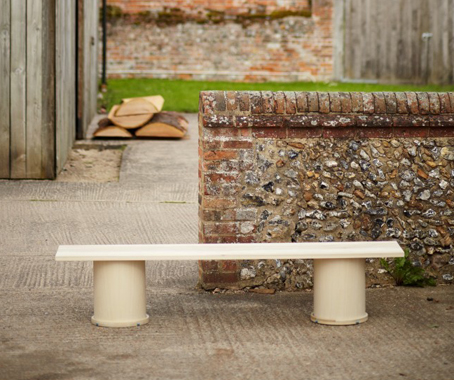
Getting back to basics has seen this hardwood bench succeed in meeting eco-compliance and intelligence in function
“Design a seat for a function. This could be a chair, stool or bench or anything else that can be sat upon. Materials to be used are American hardwood lumber and veneers” – so read the brief from renowned designer Sebastian Wrong to students of the Platform 15 Design Programme at London’s Royal College of Art (RCA).
Story continues below advertisement
Working in conjunction with the American Hardwood Export Council (AHEC), Wrong and the RCA set a task that essentially called for smart design – a focus on celebrating the inherent properties of hardwoods, to accentuate their versatility in production and impressive material qualities.
Story continues below advertisement
Melbourne’s Nicholas Gardner and fellow first year student David Horan rose to the challenge ably, with the creation of the Phyllida bench – a piece that drew it’s inspiration from the work of British sculptor Phyllida Barlow.
Story continues below advertisement
Homing in on Barlow’s talent for creating volume with minimal components; the pair explored the potential for a timber variety called Tulipwood to help them produce a design that would accommodate more than one user but still offer mobility for relocating or transporting the piece with ease.
“We came up with this rather gestural way of creating volume without using a lot of materials: coiling a piece of material around into a tube and keeping it together with a strap. The bench made for the project was completely out of timber and we looked to push the structural properties of the material as far as possible” say Gardner and Horan.
Tulipwood was chosen for its high strength to weight ratio, exhibited in the fact that the legs of the 2m long solid tulipwood bench are pieces of rolled ply just 1.5mm thick.
“I’m interested in how to use the minimum thickness of material for the maximum presence” adds Gardner “and to consider how to use standard pieces of timber to reduce both labour and wastage”.
The bench’s legs fit into carved tulipwood base rings and to a circular groove on the underside of the bench. The rings are joined to the flat seat by bungee cords which also hold the bench together when it is dissembled.
Simplicity and return to essential elements that presents a wholly functional and visually striking solution.
American Hardwood Export Council